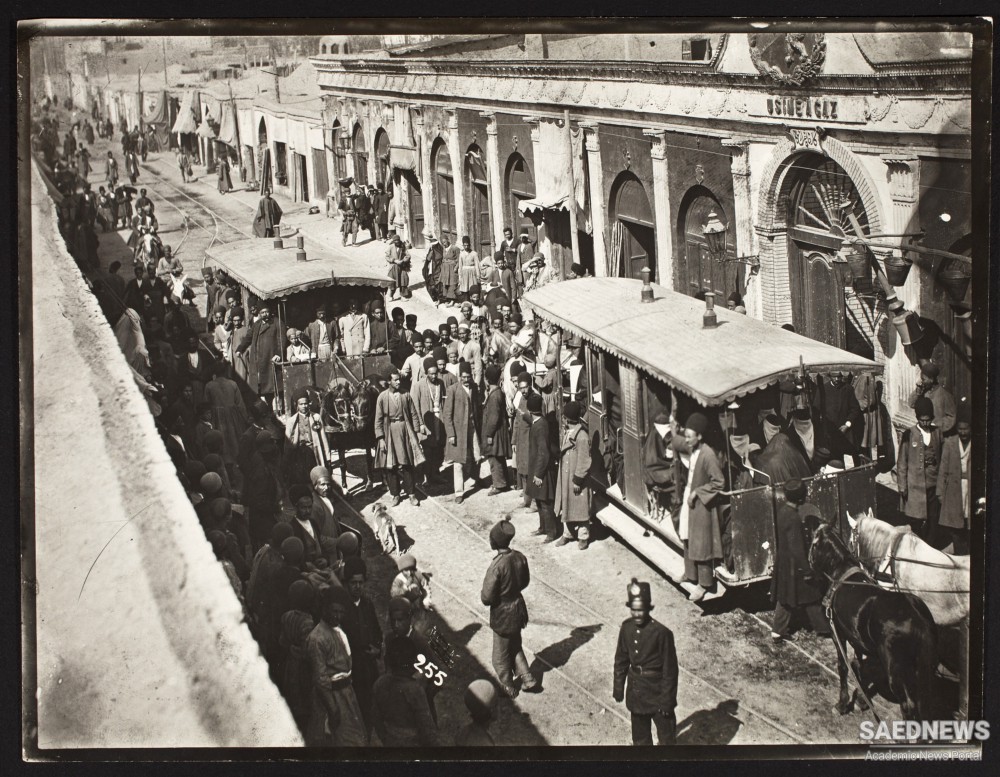Just as senior males controlled women’s work and resources, so they managed the lives and labour of children and junior family members. The role of family in marital and kin alliances, and in access to land, business opportunities and office was also materially significant and a concern for senior family members. We find the rising entrepreneur Amin al-Zarb manoeuvring brothers in the family business, just as Kermani landholders and Shahsevan khans sought to deploy and control kin. While kinship and household interests relied on co-operation in the common interest, patriarchal and age-based hierarchies and authority, with their associated conflicts of interest, were part and parcel of household and community life.The ability of the Shah’s government to exact taxes from its subjects, devolving and selling that task to those with local power, or with the money and connections to obtain office, was another strand of power. The collection of taxes was often entwined with demands for rents and dues claimed by tax collectors on their own behalf to reimburse their outlay and to profit from office or tax-collecting rights. The use of physical force to assist these exactions visibly asserted dominance over the subject population, just as negotiation and resistance were the responses of subordinated groups. Other forms of hierarchy and authority emerged when leaders of pastoral, merchant or artisan communities took decisions and led action on their behalf. Acknowledgement of seniority, knowledge and experience within households, religious institutions and kin groups likewise embedded hierarchies within them.


 Religiously Grounded Culture of Post-Sassanid Persia
Religiously Grounded Culture of Post-Sassanid Persia














































